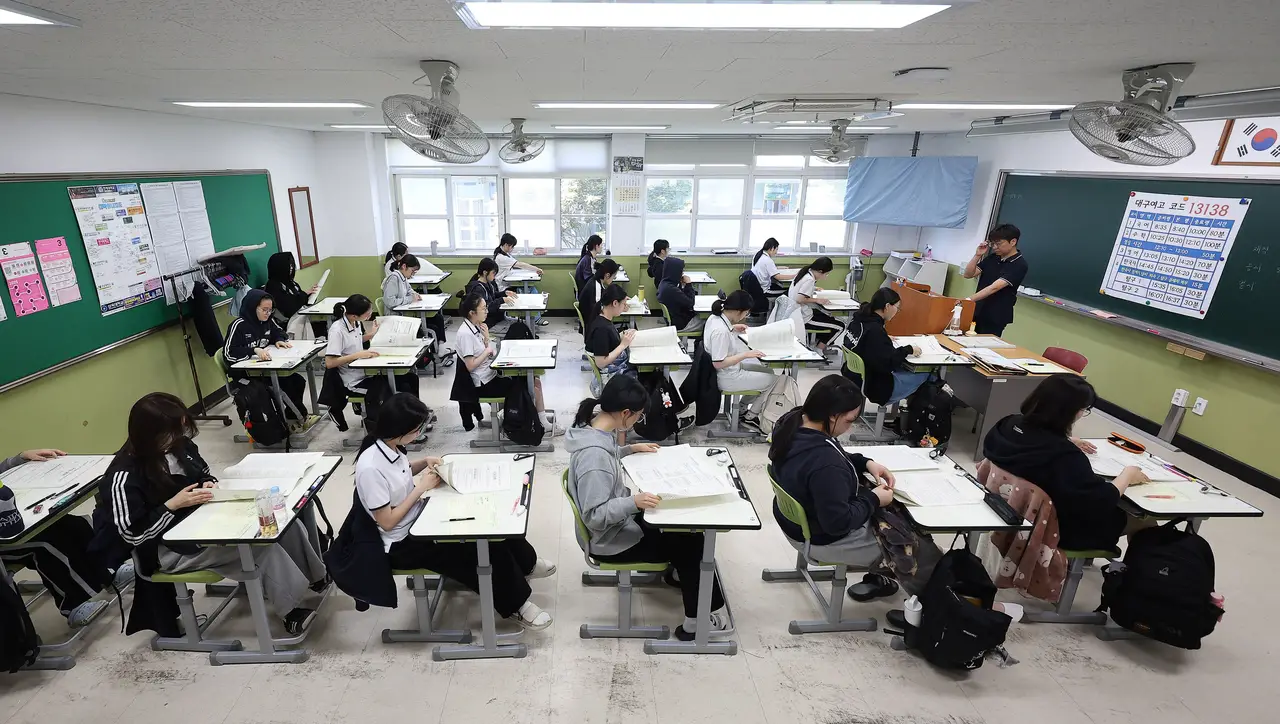Artificial Intelligence has been hailed as a revolutionary force in education, promising to personalize learning, reduce administrative burdens, and prepare students for a technology driven future. Yet, South Korea’s AI rollback in classrooms has revealed that innovation without preparation can backfire.
On August 4, 2025, South Korea’s National Assembly passed an amendment that stripped AI powered textbooks of their status as official teaching tools, reclassifying them as supplementary materials.
This decision reflects not just a local education policy shift, but a warning signal to other nations, particularly the United States, where enthusiasm for AI in education is rapidly gaining momentum.
South Korea, known for its highly competitive education system and embrace of technology, initially positioned itself as a pioneer in introducing AI powered textbooks. These digital resources were expected to reduce disparities in learning by offering personalized feedback and adaptive exercises.
The Korean Federation of Teachers Associations raised a red flag. Teachers reported that instead of reducing workloads, AI tools increased stress by demanding additional oversight, troubleshooting, and adaptation.
Parents also questioned whether students were becoming overly dependent on screens and algorithms, potentially weakening critical thinking and human interaction.
The backlash was strong enough to prompt lawmakers to officially downgrade AI textbooks to supplementary status, marking a clear AI rollback in classrooms.
Why the Rollback Happened
Dr. Kim Ji-hoon, an education policy analyst in Seoul, explained, The problem wasn’t with AI itself, but with the lack of a phased strategy. Teachers weren’t properly trained, and parents weren’t fully informed.
Technology should enhance education, not replace the fundamental bond between teacher and student. This reflects a global challenge while AI promises efficiency, without proper planning, it risks overwhelming teachers and eroding trust in education systems.
Park Min-seo, a middle school English teacher in Busan, shared her experience. The AI textbook platform was supposed to grade essays faster, but instead, I spent hours correcting its mistakes.
Students often argued with the AI’s feedback, and I had to step in constantly. It doubled my workload rather than cutting it in half.
Her case highlights the mismatch between policy promises and classroom realities. What policymakers saw as innovation, many educators saw as disruption.
The United States is aggressively pushing AI in education, with companies like Khan Academy, Google, and OpenAI developing AI tutors and personalized learning platforms. Several school districts are piloting AI powered grading tools and adaptive curricula.
However, South Korea’s AI rollback in classrooms underscores risks the US must confront. Without professional development, teachers may resist or misuse AI tools.
AI may widen the gap if wealthier districts integrate it smoothly while underfunded schools struggle. Students may lose critical thinking and interpersonal skills if AI replaces human guidance.
In California, high school teacher Lisa Martinez piloted an AI grading tool for essays. Initially excited, she quickly found flaws. The AI flagged creative student work as incorrect because it didn’t fit patterns. Students grew frustrated.
I had to go back and re-grade assignments manually, which was exhausting. Her story mirrors the struggles in South Korea, suggesting the US could face similar pushback if it doesn’t prioritize human oversight.
Technology vs Human Interaction
Parents in both South Korea and the US express mixed feelings. While some appreciate AI tools for offering additional practice, others worry about the loss of teacher student connection.
Korean parent Choi Eun you said, My son spent more time clicking through AI quizzes than discussing ideas with his teacher. Education became robotic, not human.
Similarly, American parent James Cooper shared, AI can be helpful, but my daughter still needs a teacher who understands her emotions, not just her answers.
This shows that while parents welcome digital support, they resist replacing human empathy with algorithms.
South Korea’s AI rollback in classrooms was not about rejecting technology outright, but about poor implementation. Several factors played a role. Teachers weren’t given time or resources to master AI tools. Nationwide rollout happened too quickly, without small scale testing.
Policymakers framed AI as a near magical solution, creating disappointment. In a society that values rigorous teacher student relationships, AI felt impersonal. These mistakes serve as a roadmap of what not to do for the US.
The Balance Between AI and Human Teachers
Dr. Emily Richards, a US based education technology expert, emphasizes balance, AI is not a teacher. It’s a tool. The danger is when schools see it as a cost cutting replacement rather than a support system.
South Korea’s reversal should remind us to adopt AI carefully, not blindly. Her insight aligns with the global lesson AI should supplement, not replace, educators.
Not all AI classroom experiences are negative. At a New York charter school, teachers used AI tools to identify struggling students early. By flagging students who repeatedly failed practice quizzes, the system helped teachers tailor interventions.
Teacher John Miller noted, AI gave me insights I wouldn’t have caught in time. But I still made the final judgment. That’s the balance that works. This case proves that when AI is treated as a supportive assistant rather than the main driver, it can genuinely improve outcomes.
Lessons for the US Avoiding the Same Mistakes
South Korea’s AI rollback in classrooms highlights critical lessons the US should heed. Pilot AI tools in select schools before nationwide adoption.
Ensure educators are comfortable before expecting students to adapt. Keep teachers central, using AI as support rather than replacement. Involve parents in decision making to build trust.
South Korea’s AI rollback in classrooms serves as a sobering reminder innovation in education cannot outpace preparation. The US, standing at the edge of its own AI driven transformation, must take heed.
Technology can revolutionize learning, but without careful planning, it risks alienating the very people it’s meant to serve teachers, students, and parents.
The ultimate lesson is clear AI should be a partner, not a replacement, in education. By blending technological innovation with human empathy, the US can avoid South Korea’s mistakes and create a future where AI supports, rather than undermines, the classroom experience.

